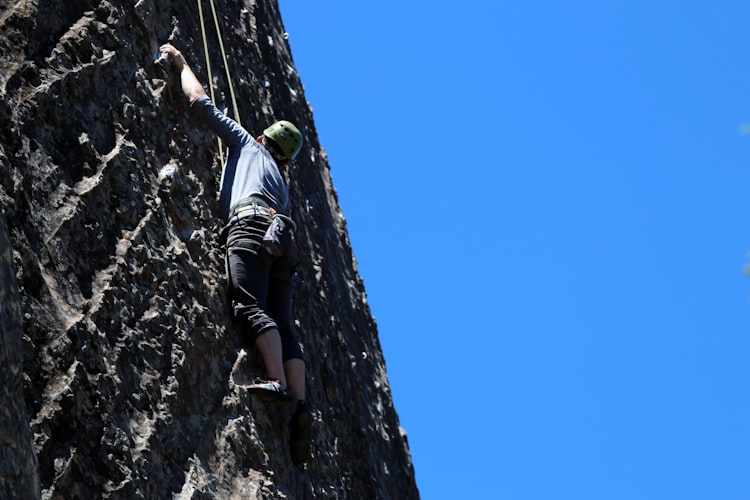What Does The Creator Economy Look Like In Ten Years?
This came across my feed on Twitter this week and I want to dive into how to apply it to our creator economy:
Jeff Bezos, one of the wealthiest people on the planet, who created one of the most successful and valuable companies on the planet, shared one of the principles he used to achieve those outcomes.
Know what is true, and put a lot of energy into it.
So what does that look like for us in the creator economy?
What things will be true 10 years from now?
Here are a few of my own thoughts as I’ve been mulling over this:
Distribution will become more and more important. Those that can build audiences and platforms – that they own – will have an advantage over those without those assets, even with inferior products or services.
Related, the ability to garner awareness for yourself, your business, or your products and offers will be an increasingly valuable skill.
People love stories. Those who are the best at telling their story will grow their businesses faster and reach more people because the story will resonate and be shared outside of their immediate audience.
More and more of the work we do will be digital in nature. From how we find our audience, to how we sell and deliver our products, those that lean into digital platforms and mediums will grow faster than those who don’t.
Those digital mediums, tools, and platforms will increasingly become cheaper over time, meaning that more and more people will have access to them. In some ways this is good – like the fact that there are still Billions of people who don’t have access to the internet that will get that access in the next few years. But in other ways, like with the low cost of entry to become a photographer, and the way that phones have better and better cameras every year, it means that there will be more competition for the same number of clients. The ability to think about those realities and plan accordingly to stay ahead of the pack will be essential in order to survive.
The thing that is maybe most amazing to me is how anyone, in a very short period of time, can become bigger than institutions the have been around for decades.
Take Jimmy Donaldson, aka Mr. Beast. He started a YouTube channel just under 10 years ago – when he was 13. It took five years to have a viral hit in 2017. Since then, his growth has been incredible, and he currently has the 20th largest channel on YouTube as I write this.
This is the stat that shocked me the most:
Argue the nuances of the tweet if you want (like those replying to the tweet online), but the statistics are undeniably huge. One person, in less than a decade, can reach as many people as the largest sporting event in the US.
The future is much more of the same. Institutions are bleeding influence by the minute. Traditional media like television, the New York Times and others are losing their best writers – one of their main assets – to platforms like Substack as newsletters reaching as many people and the ownership of your own newsletter pays better than a salary at a legacy media company. Creators are choosing YouTube, Instagram, and TikTok rather than pursuing careers as actors and directors.
Just in the last few months, firms like A16Z are stepping out of the traditional flow of media and speaking directly to their audience on Clubhouse, which they are a major stakeholder in, at the dismay of many tech writers at these legacy institutions.
So, with all of this currently happening, what will the next ten years look like? More of the same, for sure, and at an accelerated rate.
The key skillsets that I can see right now are the ability to focus on long-term goals, audience building, story telling, distribution, and being able to adapt when things around us change. The key mindset is the ability to think longterm, and to see the second and third-order effects of everything that is happening now.
Those skills will help you rise above the others in your industry and help you succeed over the long term.






Member discussion